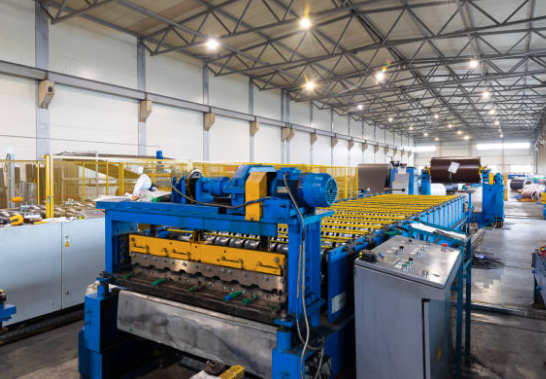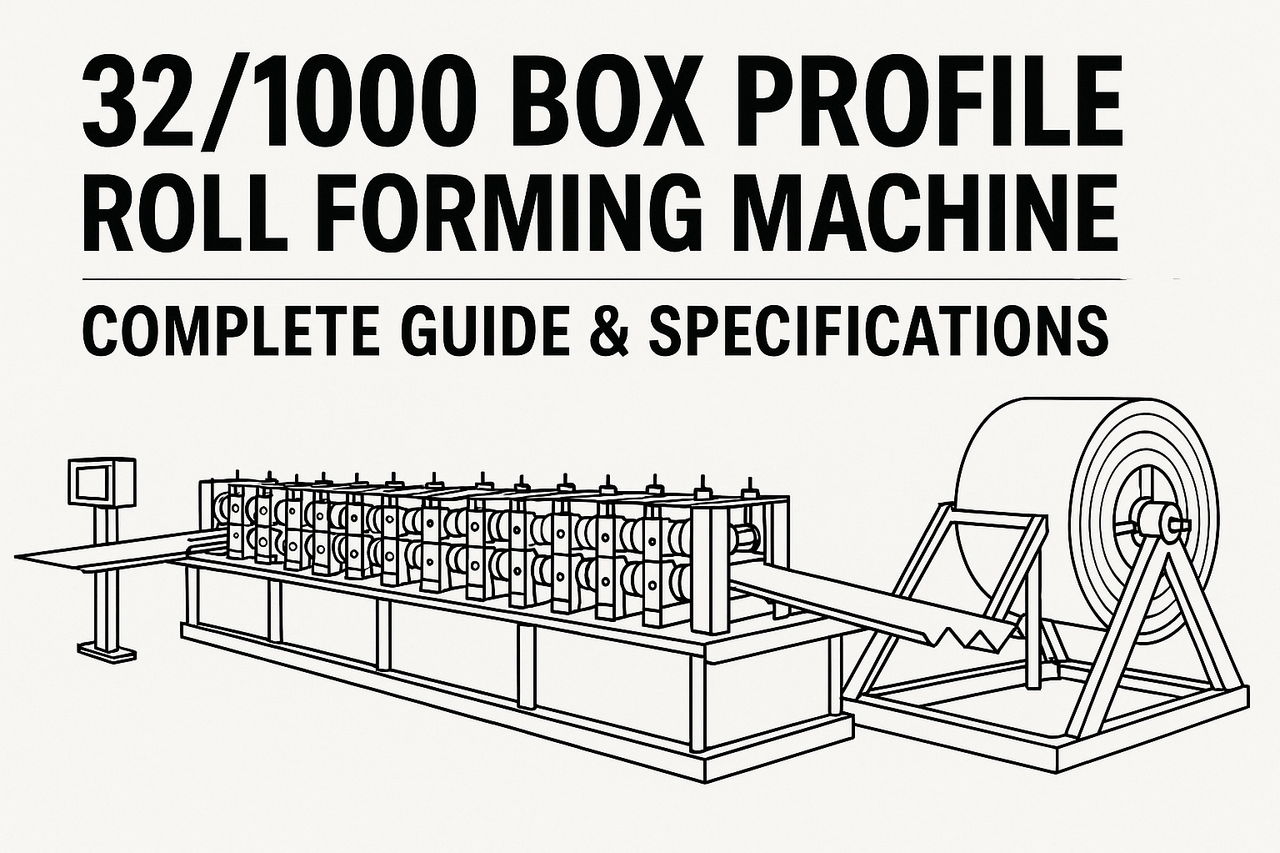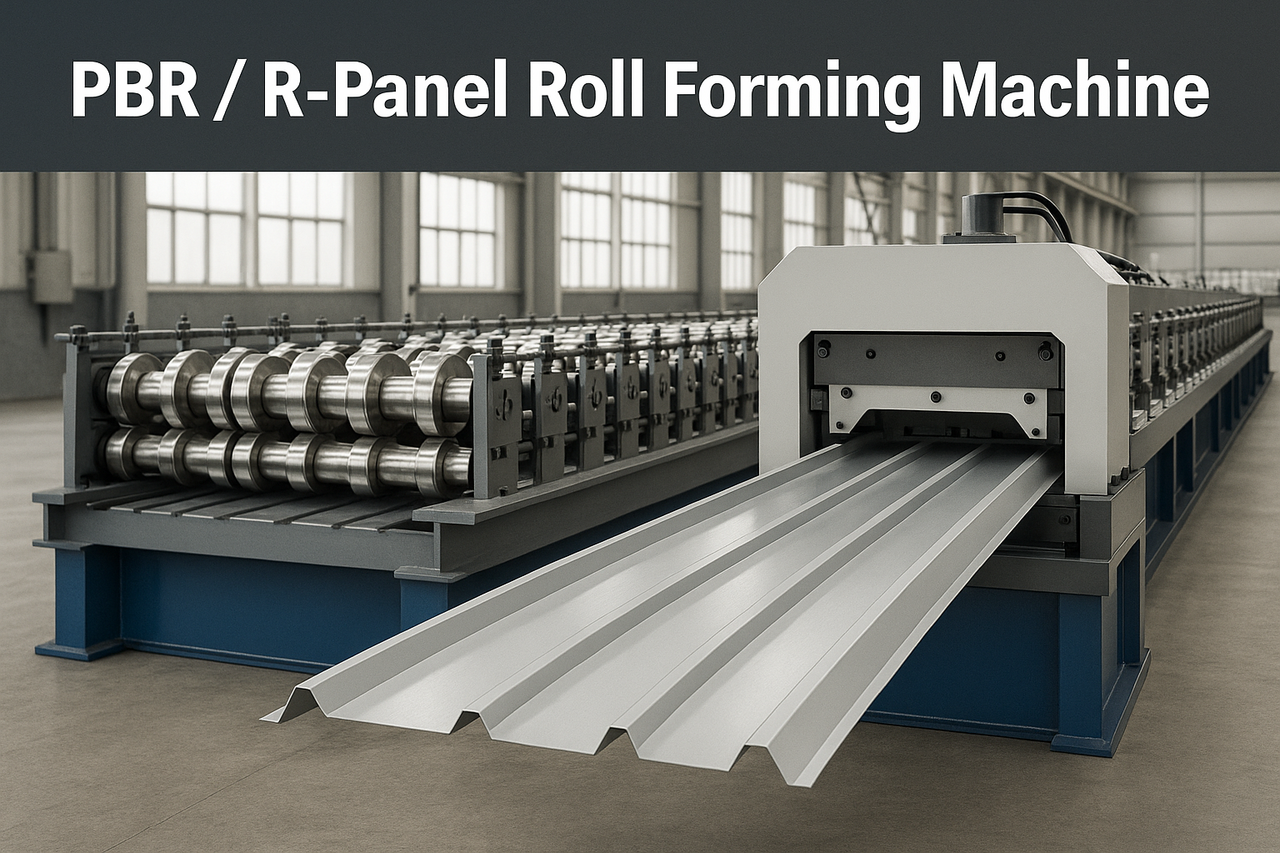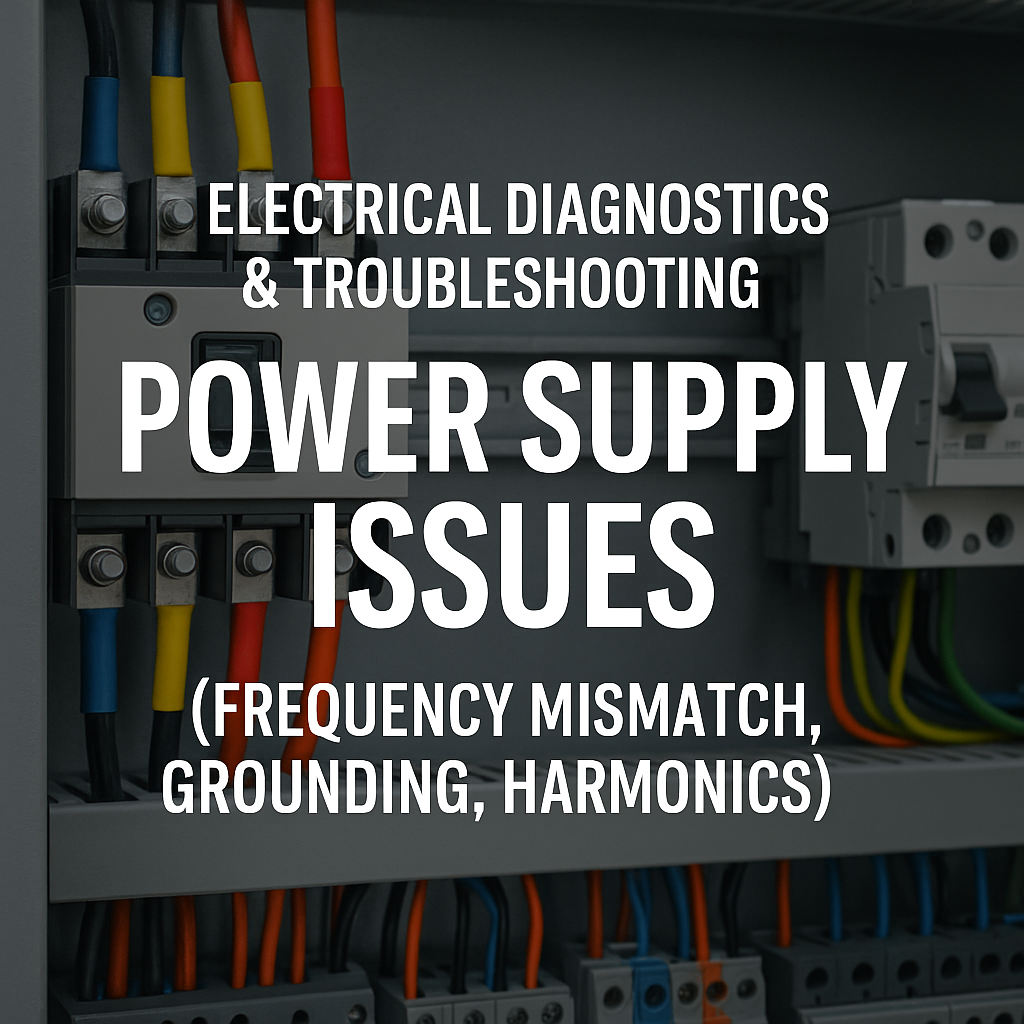Setting up a roll forming shop involves numerous considerations, and one of the most crucial is the location. The site you choose will significantly influence your operational efficiency, logistics, shipping, and overall customer reach. Here are some key factors to consider when selecting the right location for your roll forming business:
1. Proximity to Suppliers
- Material Accessibility: The roll forming industry relies heavily on raw materials like metal coils. Choosing a location close to suppliers can reduce transportation costs and lead times for materials.
- Local Supply Chain: Being near suppliers can also create opportunities for collaboration, ensuring you can quickly respond to changing demands or requirements.
2. Transportation Infrastructure
- Shipping Routes: Access to major highways, railroads, and ports is essential for efficient shipping and receiving. A well-connected location will facilitate the quick movement of finished products to customers and incoming raw materials.
- Logistics Support: Consider the availability of logistics providers in the area, which can help streamline your distribution processes and manage freight costs.
3. Customer Proximity
- Market Access: Being closer to your customer base can enhance your ability to meet demand swiftly. This is particularly important for industries that require quick turnarounds, such as construction and manufacturing.
- Client Relationships: A central location can also make it easier to build relationships with local clients, increasing opportunities for collaboration and repeat business.
4. Labor Availability
- Skilled Workforce: Evaluate the availability of skilled labor in the region. Locations with a strong manufacturing base or vocational training programs may provide a pool of qualified candidates for your shop.
- Labor Costs: Research labor costs in the area to ensure you can maintain a sustainable budget while attracting talent.
5. Zoning and Regulations
- Compliance: Ensure the site is zoned for industrial or manufacturing activities and that you can comply with local regulations, including environmental and safety standards.
- Permitting: Check on the ease of obtaining necessary permits and licenses, which can vary by location and impact your time to market.
6. Operational Costs
- Rent and Utilities: Consider the cost of leasing or purchasing the property, as well as ongoing expenses such as utilities and property taxes. A more affordable location can help improve your profit margins.
- Incentives: Investigate potential tax incentives or grants offered by local governments to attract businesses, which could significantly impact your overall cost structure.
7. Future Expansion
- Space for Growth: Select a site that allows for potential expansion as your business grows. This could include additional manufacturing space, storage for raw materials, or room for new machinery.
- Community Development: Consider areas experiencing growth or revitalization, as these regions may offer future business opportunities and increased customer demand.
Conclusion
Choosing the right location for your roll forming shop is a strategic decision that affects every aspect of your business, from supply chain logistics to customer engagement. By thoroughly evaluating factors such as supplier proximity, transportation infrastructure, labor availability, and operational costs, you can establish a solid foundation for your roll forming operations. A well-chosen site not only enhances efficiency but also positions your business for long-term success in the competitive manufacturing landscape.



